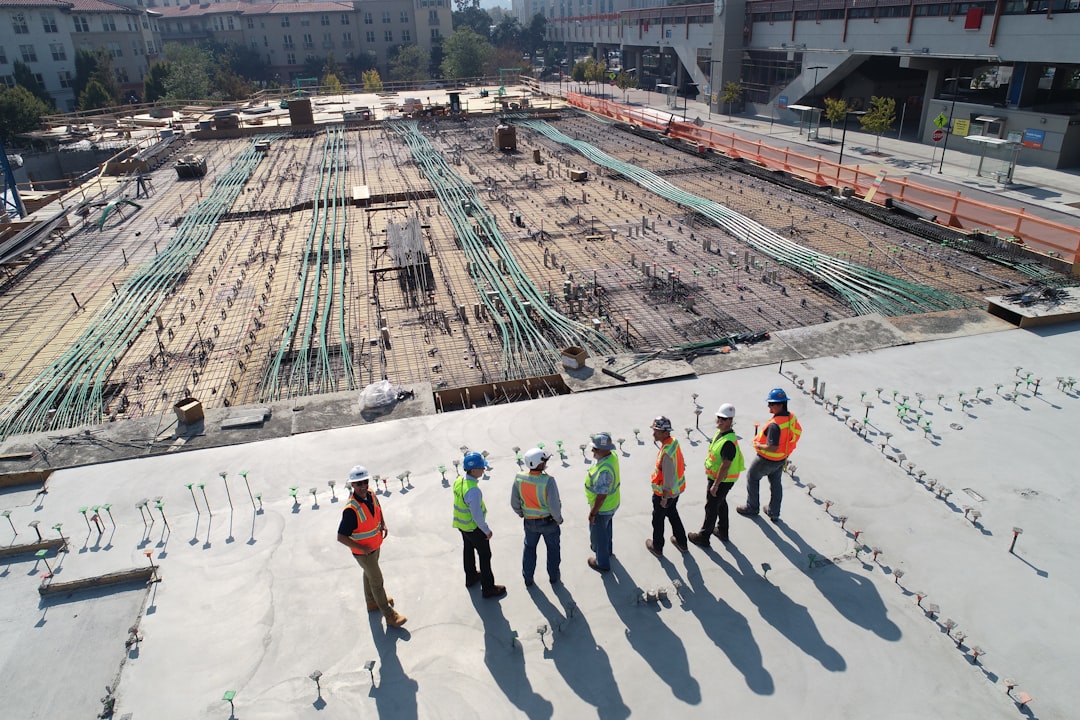Throughout history, mankind has always been fascinated by engineering marvels that stand the test of time. From ancient structures to modern wonders, these feats of engineering showcase the ingenuity and skill of civilizations that have come before us. In this blog post, we will explore five historic engineering marvels that still stand today, showcasing the impressive abilities of those who built them.
1. The Great Pyramid of Giza
One of the most iconic and recognizable structures in the world, the Great Pyramid of Giza is a testament to the engineering prowess of ancient Egyptians. Built over 4,500 years ago, this pyramid was constructed as a tomb for the Pharaoh Khufu. Standing at an impressive height of 455 feet, it was the tallest man-made structure in the world for over 3,800 years.
The Great Pyramid is made up of over 2.3 million limestone blocks, each weighing between 2.5 and 15 tons. The precision with which these blocks were cut and placed is truly remarkable, with the structure aligning perfectly with the cardinal points of the compass. Despite being thousands of years old, the Great Pyramid remains largely intact, a testament to the skill and craftsmanship of the ancient Egyptians.
2. The Colosseum
Located in the heart of Rome, the Colosseum is perhaps the most famous ancient amphitheater in the world. Built between 70-80 AD, this massive structure was capable of seating up to 80,000 spectators and was used for gladiatorial contests, animal hunts, and other public spectacles.
At the time of its construction, the Colosseum was a marvel of engineering, featuring a complex system of ramps, lifts, and trapdoors that allowed for the seamless flow of people and animals in and out of the arena. The elliptical shape of the Colosseum also served a practical purpose, providing optimal sightlines for all spectators.
Despite suffering damage from earthquakes, fires, and stone robbers over the centuries, the Colosseum still stands as a symbol of ancient Roman engineering and architecture. Today, it is one of Rome’s most popular tourist attractions, drawing millions of visitors each year.
3. The Pantheon
Another iconic Roman structure, the Pantheon is a marvel of engineering and architecture that has stood for over 2,000 years. Built between 118-128 AD, this temple to all the gods was originally designed as a place of worship but has since served various purposes, including as a Christian church.
The most striking feature of the Pantheon is its massive dome, which spans 142 feet in diameter and remains the largest unreinforced concrete dome in the world. The oculus, or opening at the top of the dome, allows natural light to filter into the space below, creating a dramatic lighting effect that changes throughout the day.
Despite its age, the Pantheon remains remarkably well-preserved, a testament to the advanced engineering techniques employed by the Romans. Today, the Pantheon continues to captivate visitors with its grandeur and architectural brilliance.
4. The Great Wall of China
One of the most impressive feats of ancient engineering, the Great Wall of China stretches over 13,000 miles across northern China, making it the longest man-made structure in the world. Construction of the wall began in the 7th century BC and continued for centuries, with various dynasties adding to and fortifying the wall over time.
Built primarily as a defensive barrier to protect against invasions from nomadic tribes, the Great Wall features a series of walls, watchtowers, and fortresses that span rugged mountain terrain and vast plains. The sheer scale and complexity of the Great Wall are a testament to the ingenuity and determination of the Chinese people who built it.
Despite its age and exposure to the elements, much of the Great Wall remains intact today, attracting millions of visitors each year to marvel at its sheer magnitude and historical significance.
5. The Aqueducts of Ancient Rome
The Romans were renowned for their advanced engineering techniques, and perhaps no other achievement exemplifies this better than their extensive network of aqueducts. These aqueducts were used to transport water from distant sources to cities, providing a reliable supply of clean water for public baths, fountains, and private homes.
The most famous of these aqueducts is the Pont du Gard in southern France, a three-tiered bridge that spans the Gardon River. Built in the 1st century AD, this aqueduct stands as a testament to Roman engineering, with its massive stone arches and precise construction still standing strong after more than 2,000 years.
The aqueducts of ancient Rome were a marvel of engineering innovation, showcasing the Romans’ ability to harness nature and overcome challenges in order to provide for the needs of their growing empire. Today, these aqueducts serve as a reminder of the legacy of Roman engineering and the enduring impact of their achievements.
In conclusion, the five historic engineering marvels discussed in this blog post are a testament to the ingenuity and skill of civilizations that have come before us. From the ancient Egyptians and Romans to the Chinese dynasties, these structures showcase the lasting impact of human creativity and determination. As we marvel at these incredible feats of engineering, we are reminded of the importance of preserving and honoring the achievements of the past for future generations to appreciate and learn from.

